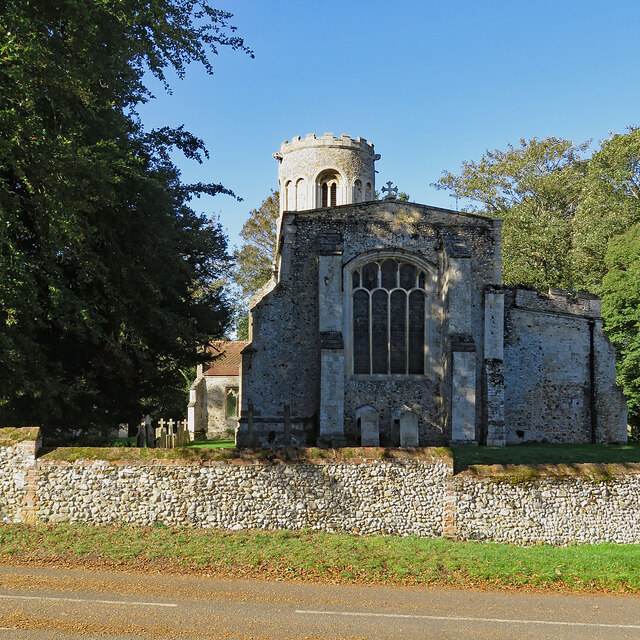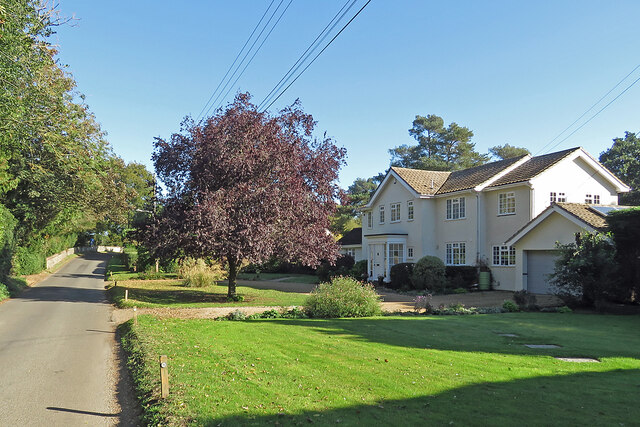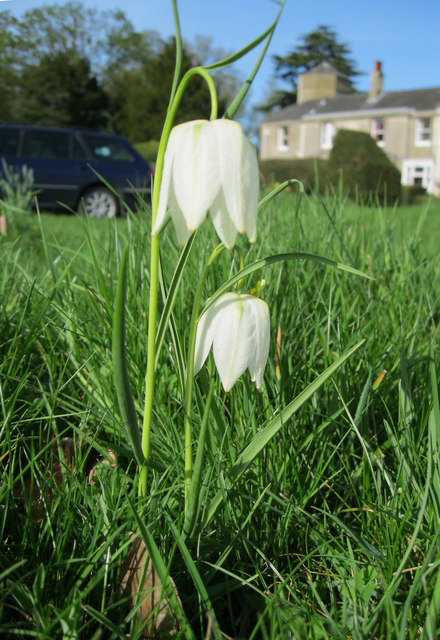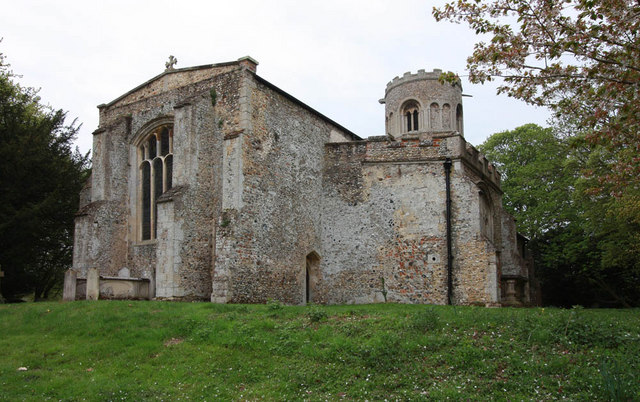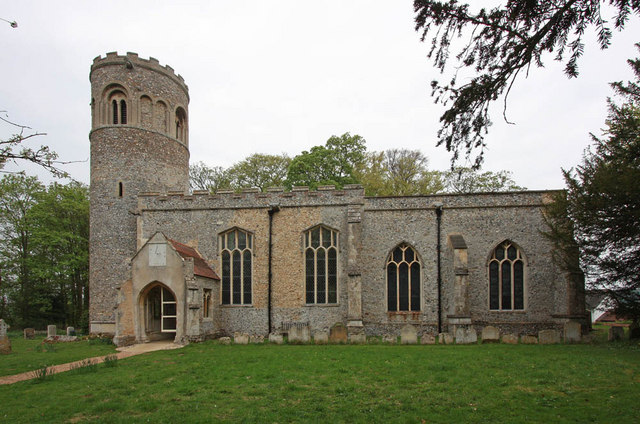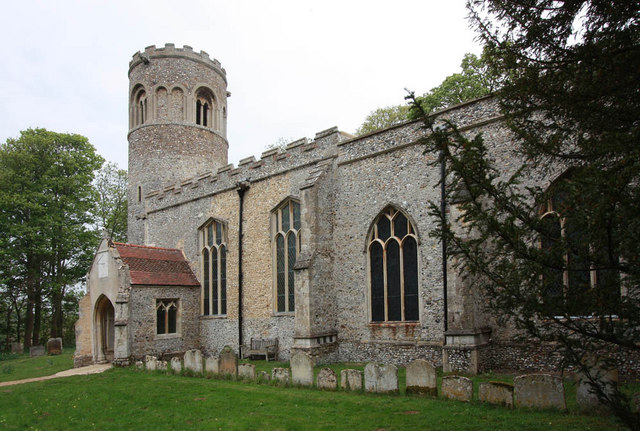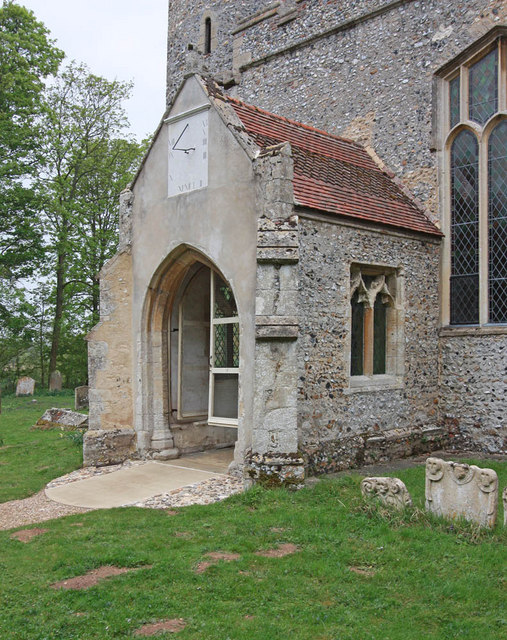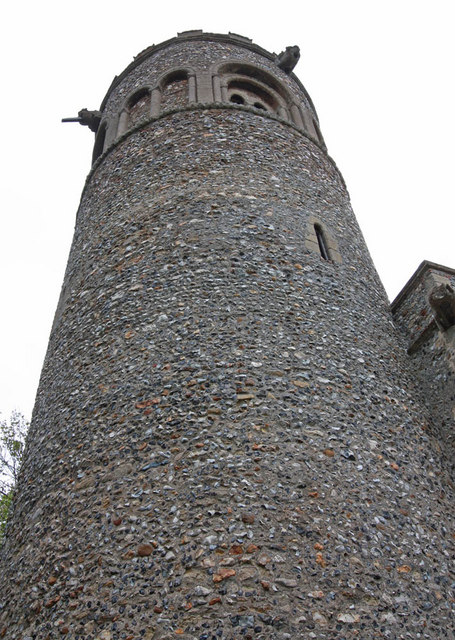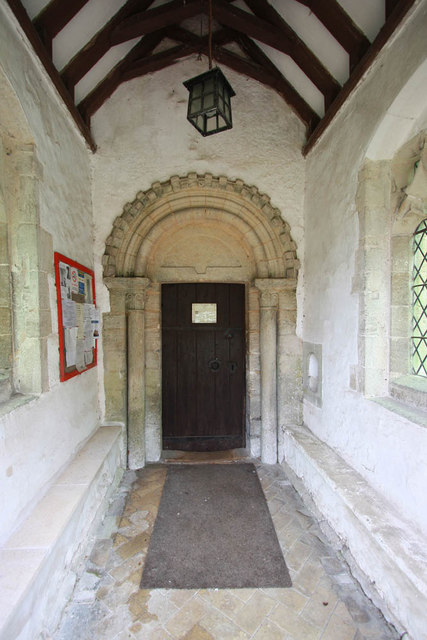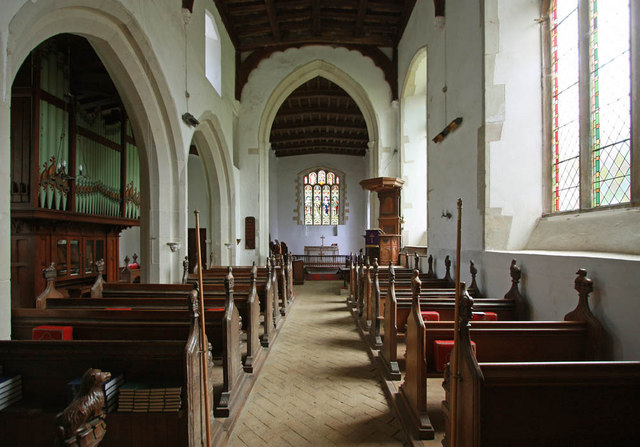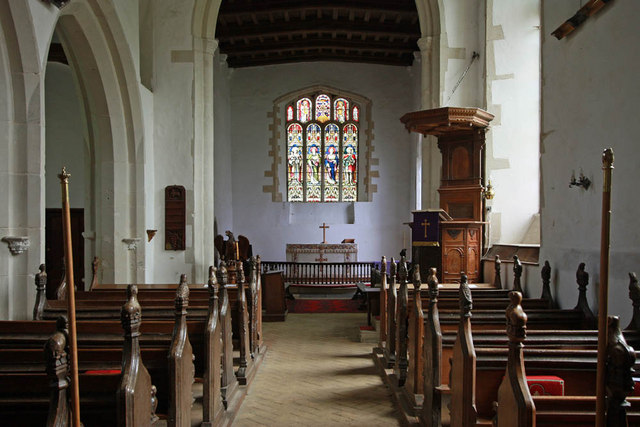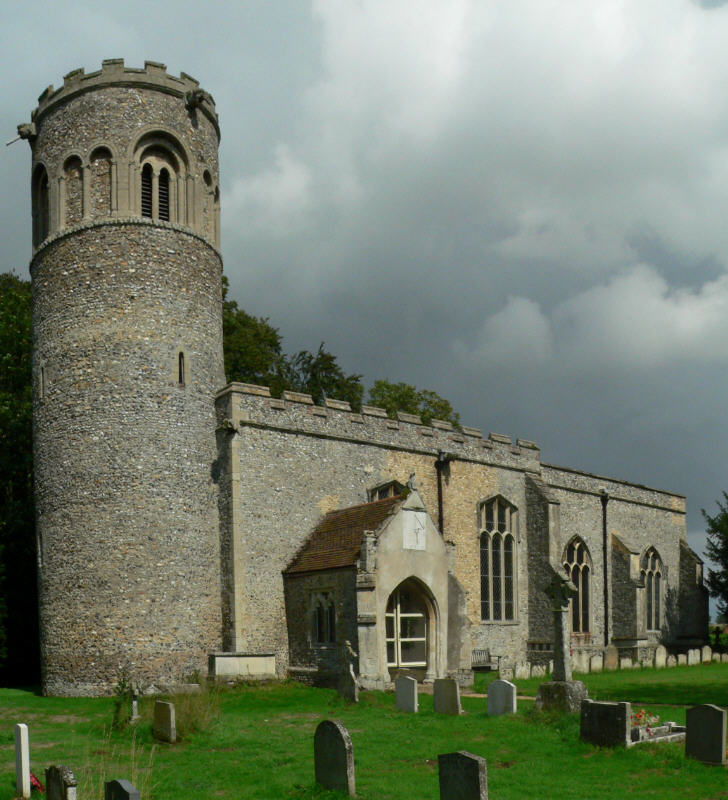Two Acre Plantation
Wood, Forest in Suffolk West Suffolk
England
Two Acre Plantation
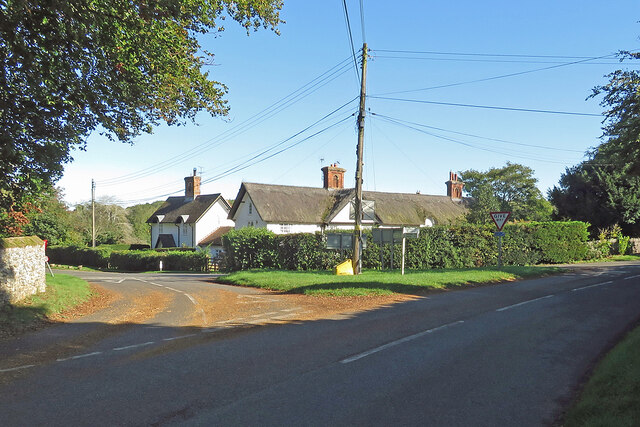
Two Acre Plantation is a picturesque woodland located in Suffolk, England. It spans an area of approximately two acres, hence its name, and is known for its diverse range of trees and lush vegetation. Nestled in the heart of the countryside, this plantation offers a tranquil retreat for nature lovers and outdoor enthusiasts alike.
The woodland is primarily composed of mixed deciduous trees, including oak, beech, and birch, which provide a rich tapestry of colors throughout the year. The dense canopy created by these towering trees creates a shaded and cool environment, perfect for exploring on sunny summer days. The forest floor is covered in a thick carpet of moss, ferns, and wildflowers, offering a vibrant display of colors and textures.
Two Acre Plantation is home to a wide variety of wildlife, making it a haven for nature enthusiasts. Visitors may be fortunate enough to spot deer, foxes, squirrels, and an array of bird species, including woodpeckers and owls. The plantation's diverse ecosystem supports a healthy population of flora and fauna, making it an important habitat for local wildlife.
For those looking to explore the woodland, there are several well-maintained walking trails that wind through the plantation. These trails offer visitors the opportunity to immerse themselves in the natural beauty of the area while enjoying a peaceful stroll. The plantation also features picnic areas, allowing visitors to relax and enjoy a meal surrounded by the sights and sounds of nature.
In conclusion, Two Acre Plantation is a charming woodland in Suffolk, offering a serene and picturesque setting for nature enthusiasts. With its stunning array of trees, vibrant flora, and diverse wildlife, this plantation is a must-visit destination for those seeking a connection with nature.
If you have any feedback on the listing, please let us know in the comments section below.
Two Acre Plantation Images
Images are sourced within 2km of 52.233467/0.62537657 or Grid Reference TL7962. Thanks to Geograph Open Source API. All images are credited.

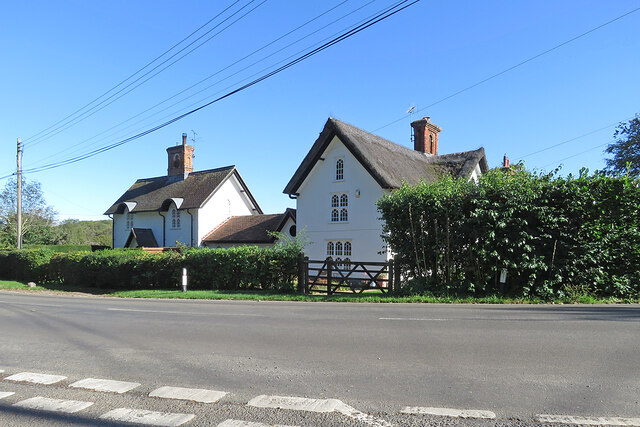
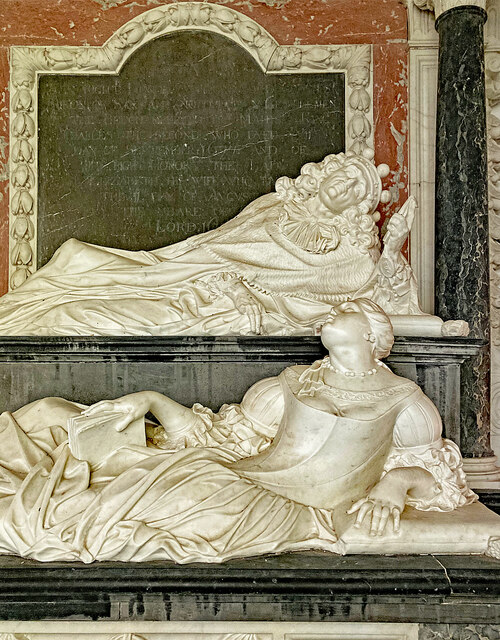
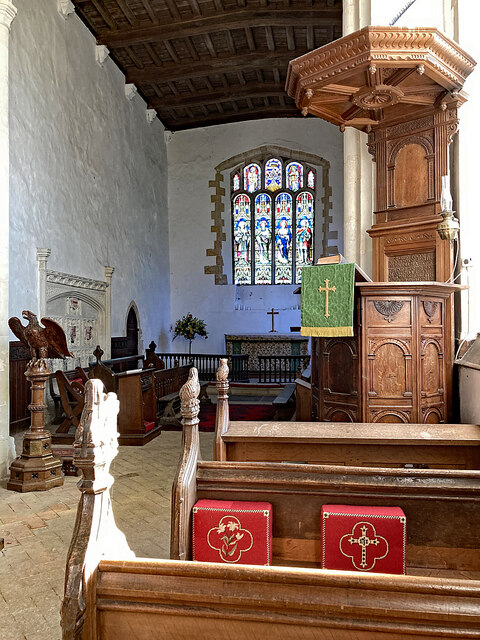
![Little Saxham: St Nicholas &quot;The most spectacular Norman round tower in Suffolk,&quot; wrote Nikolaus Pevsner. &quot;Round the top a rhythmical order of arches on columns. In the four main directions they hold deeply recessed two-light bell-openings, in the diagonals two lower blank arches. Billet frieze along the sill level.&quot; The Perpendicular &quot;nave and chancel S sides [have] uncusped, rather bald tracery,&quot; he opined.](https://s3.geograph.org.uk/geophotos/07/62/53/7625363_c0c2ed83.jpg)
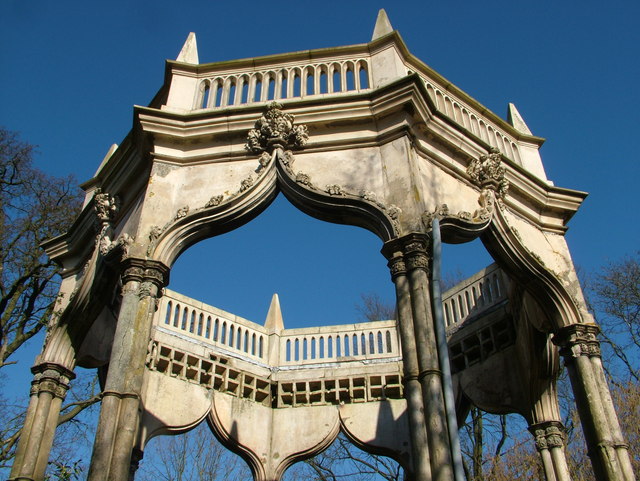
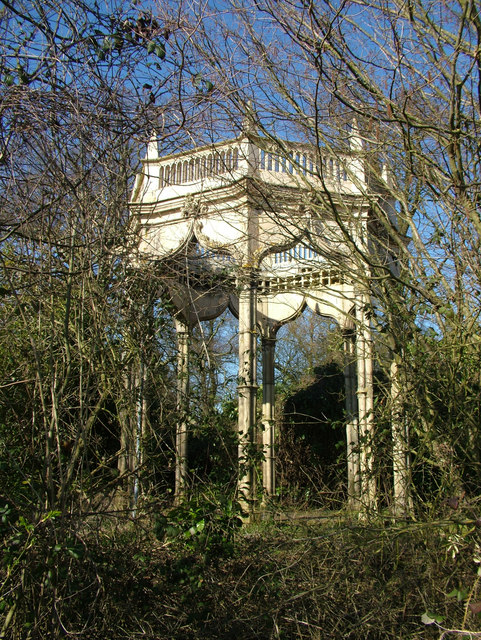
Two Acre Plantation is located at Grid Ref: TL7962 (Lat: 52.233467, Lng: 0.62537657)
Administrative County: Suffolk
District: West Suffolk
Police Authority: Suffolk
What 3 Words
///furniture.primed.move. Near Bury St Edmunds, Suffolk
Related Wikis
Little Saxham
Little Saxham is a village and former civil parish, now in the parish of The Saxhams, in the West Suffolk district, in the county of Suffolk, England....
Great Saxham
Great Saxham is a village and former civil parish, now in the parish of The Saxhams, in the West Suffolk district, in the county of Suffolk, England. The...
Saxham Hall
Great Saxham Hall is a two-storey Palladian house situated at Great Saxham, just outside Bury St Edmunds in Suffolk, England. It is a Grade II* listed...
The Saxhams
The Saxhams is a civil parish in the West Suffolk district of Suffolk in eastern England. Located around two miles west of Bury St Edmunds, the parish...
Thingoe Rural District
Thingoe Rural District was a rural district in the county of West Suffolk, England between 1894 and 1974. It was named after the ancient Hundred of Thingoe...
Little Horringer Hall
Little Horringer Hall is a Grade II-listed house in Horringer, Bury St Edmunds, Suffolk, England.There has been a hall in this location since the 17th...
St Mary's Church, Ickworth
Ickworth Church (more formally known as St Mary's Church, Ickworth) is a former parish church in Ickworth Park near Bury St Edmunds in Suffolk, England...
Thingoe Hundred
Thingoe was a hundred of Suffolk, consisting of 31,850 acres (128.9 km2).One of the smaller hundreds of Suffolk, around 9 miles (14 km) wide and 11 miles...
Nearby Amenities
Located within 500m of 52.233467,0.62537657Have you been to Two Acre Plantation?
Leave your review of Two Acre Plantation below (or comments, questions and feedback).
